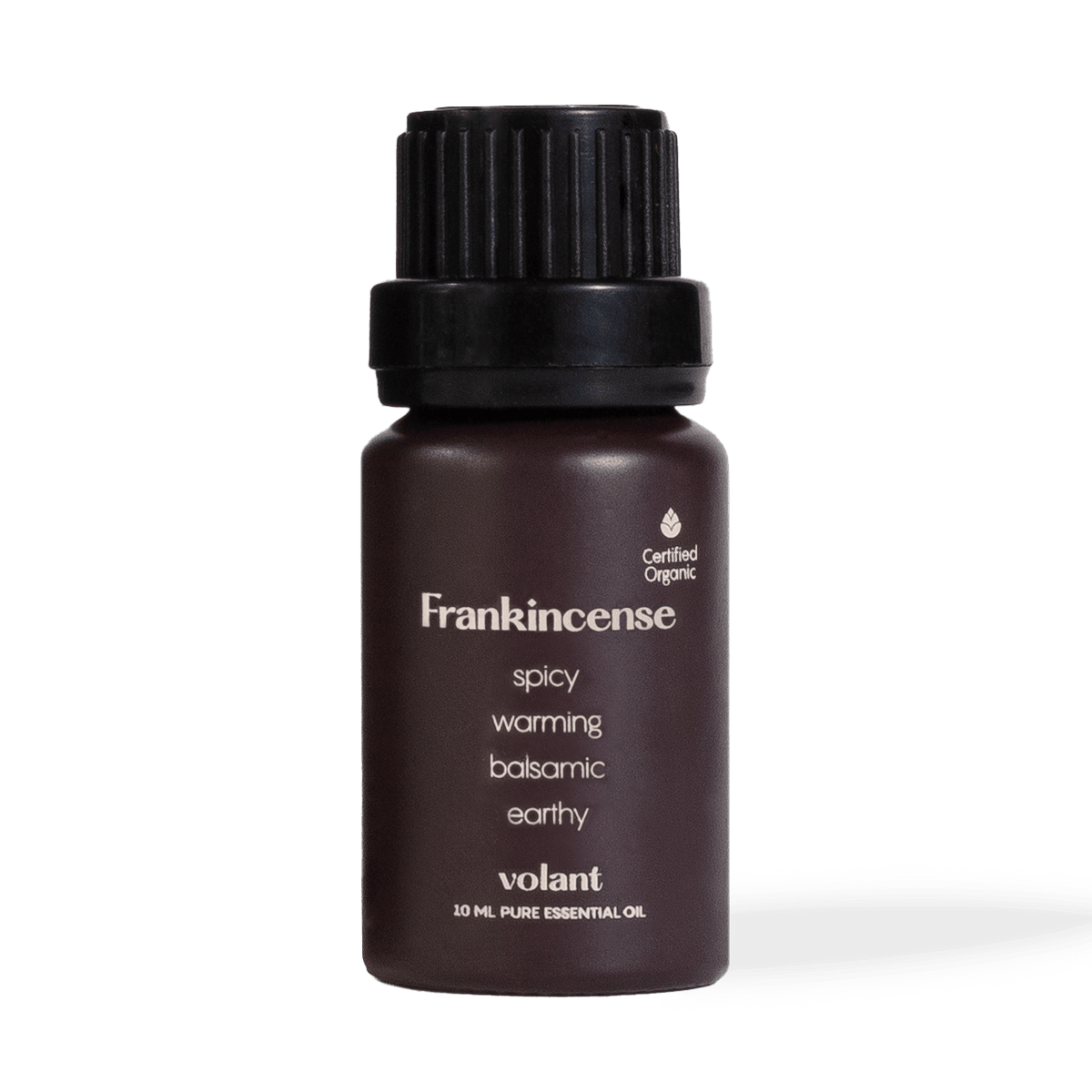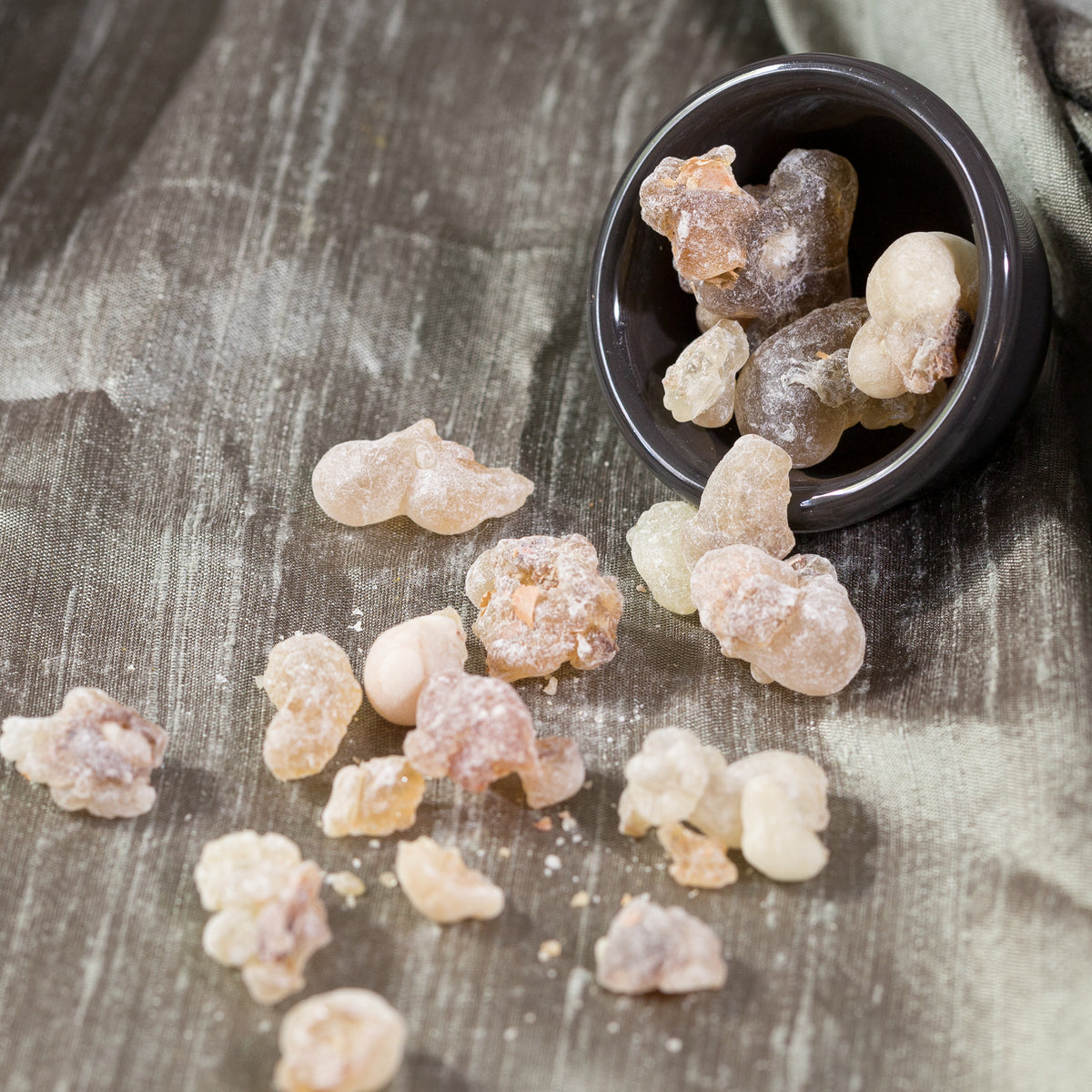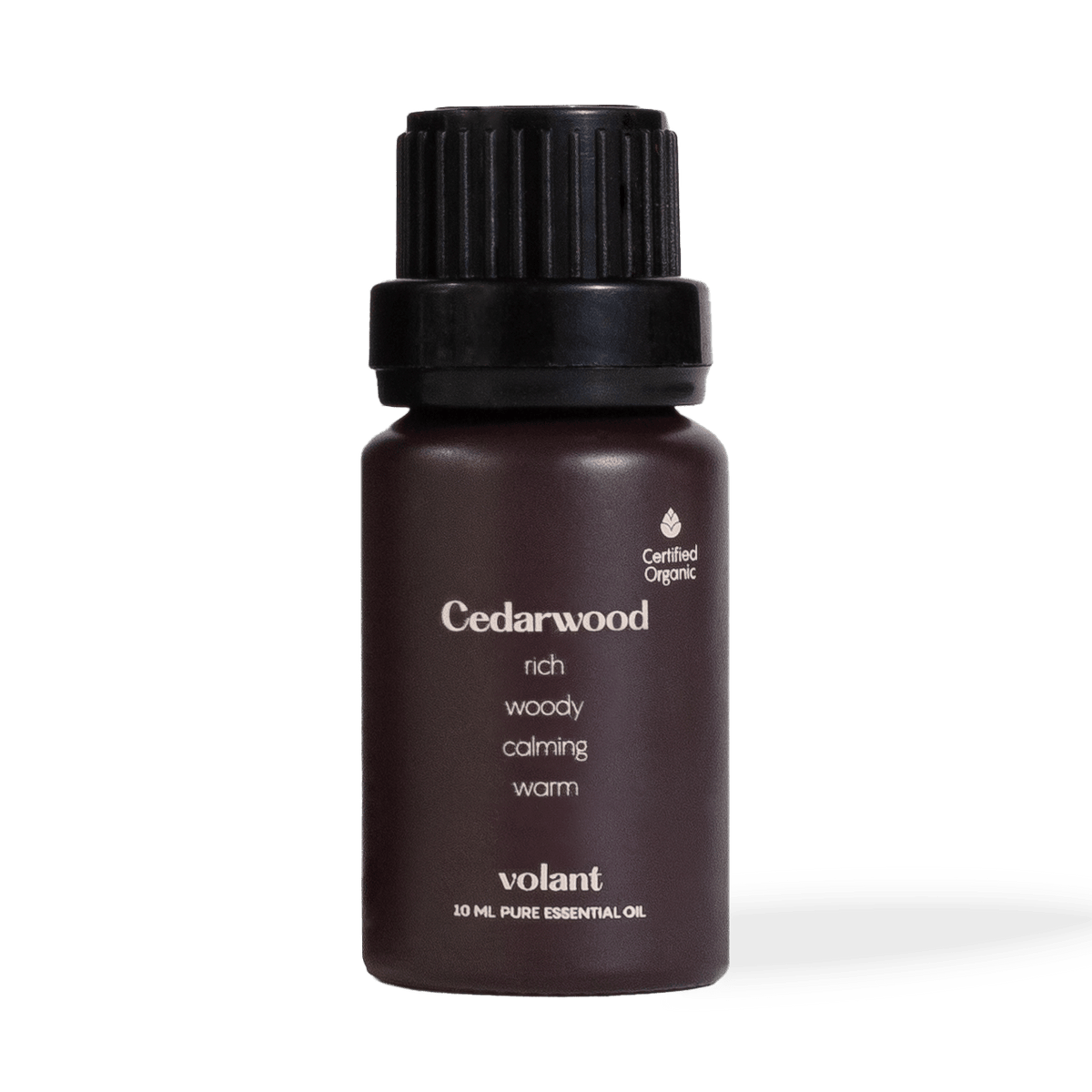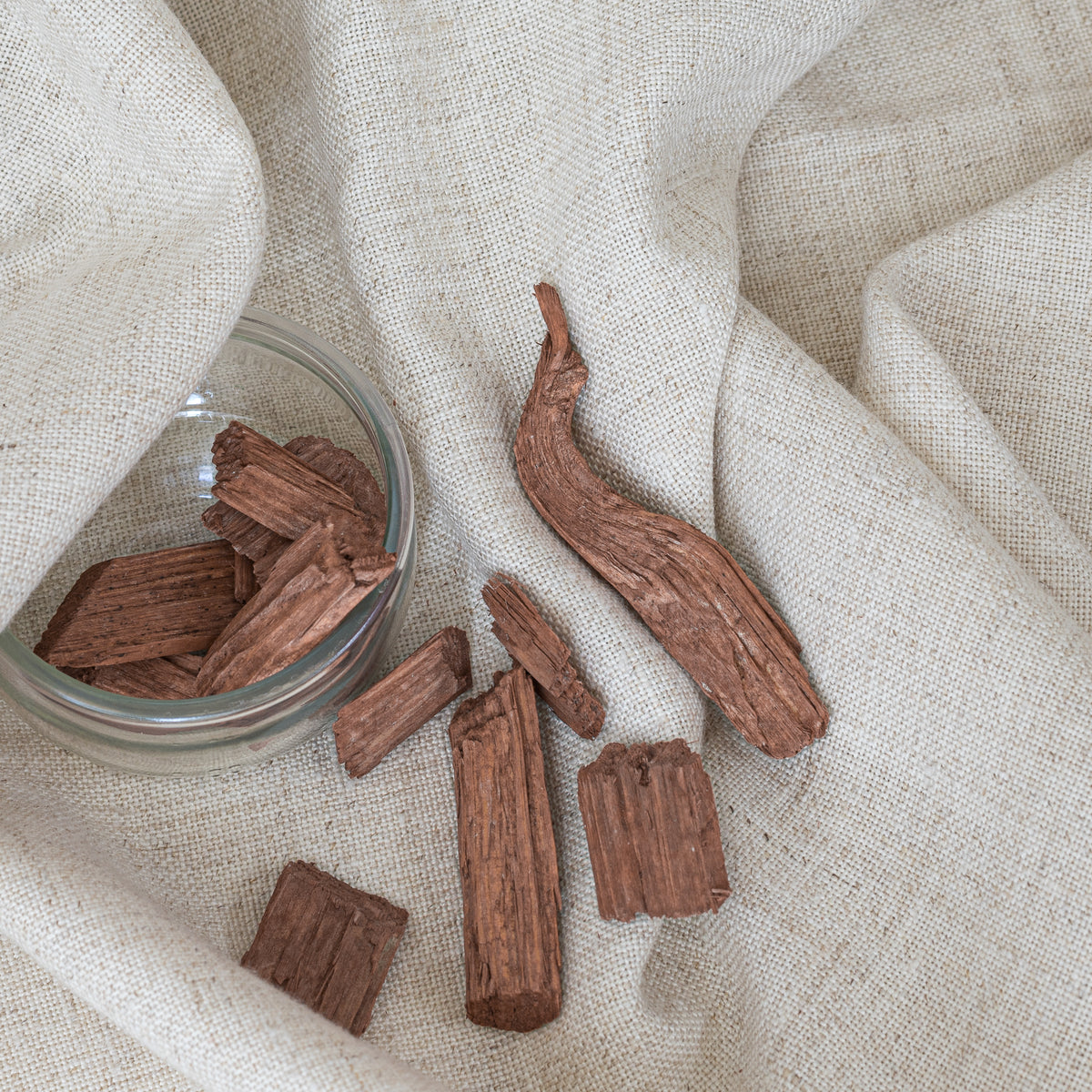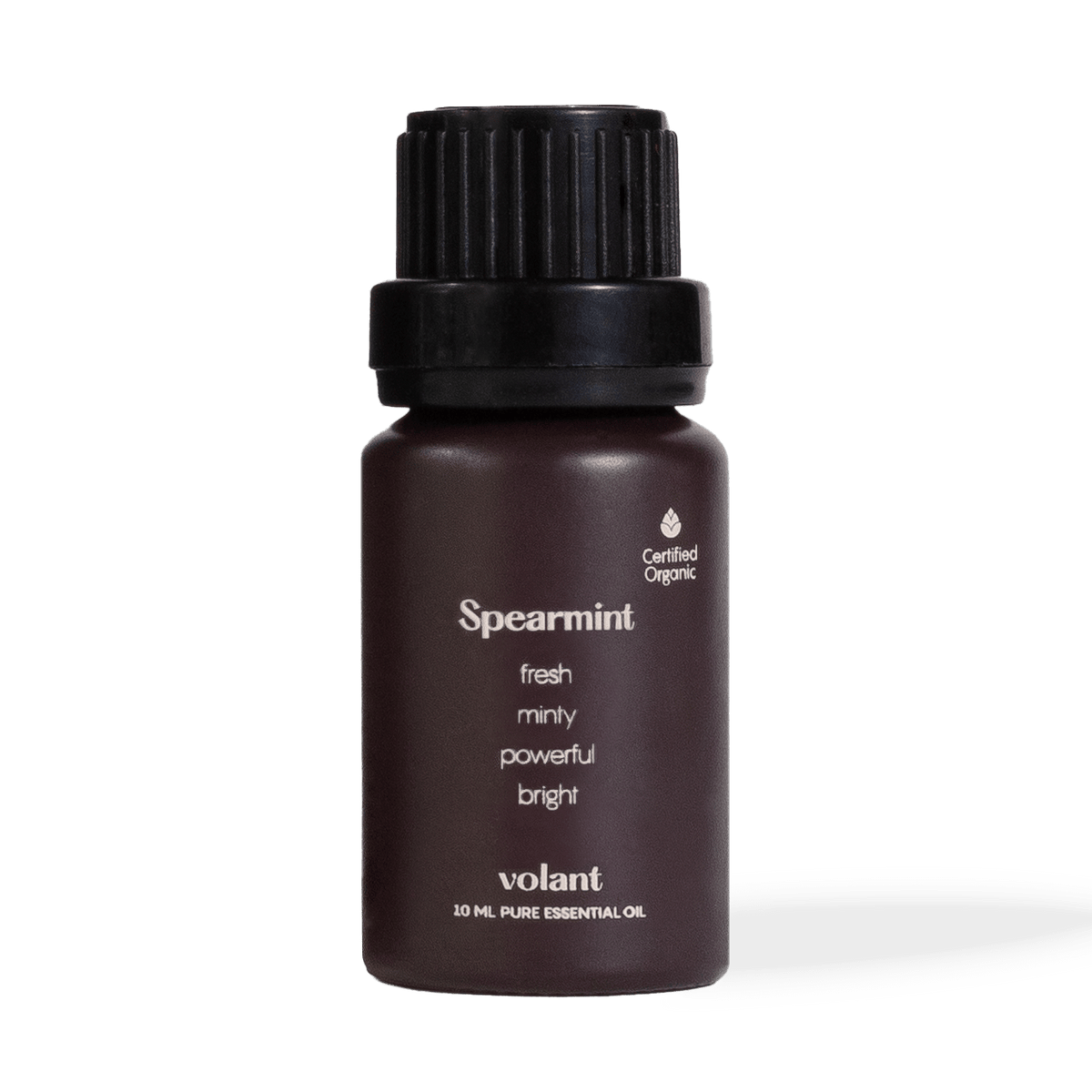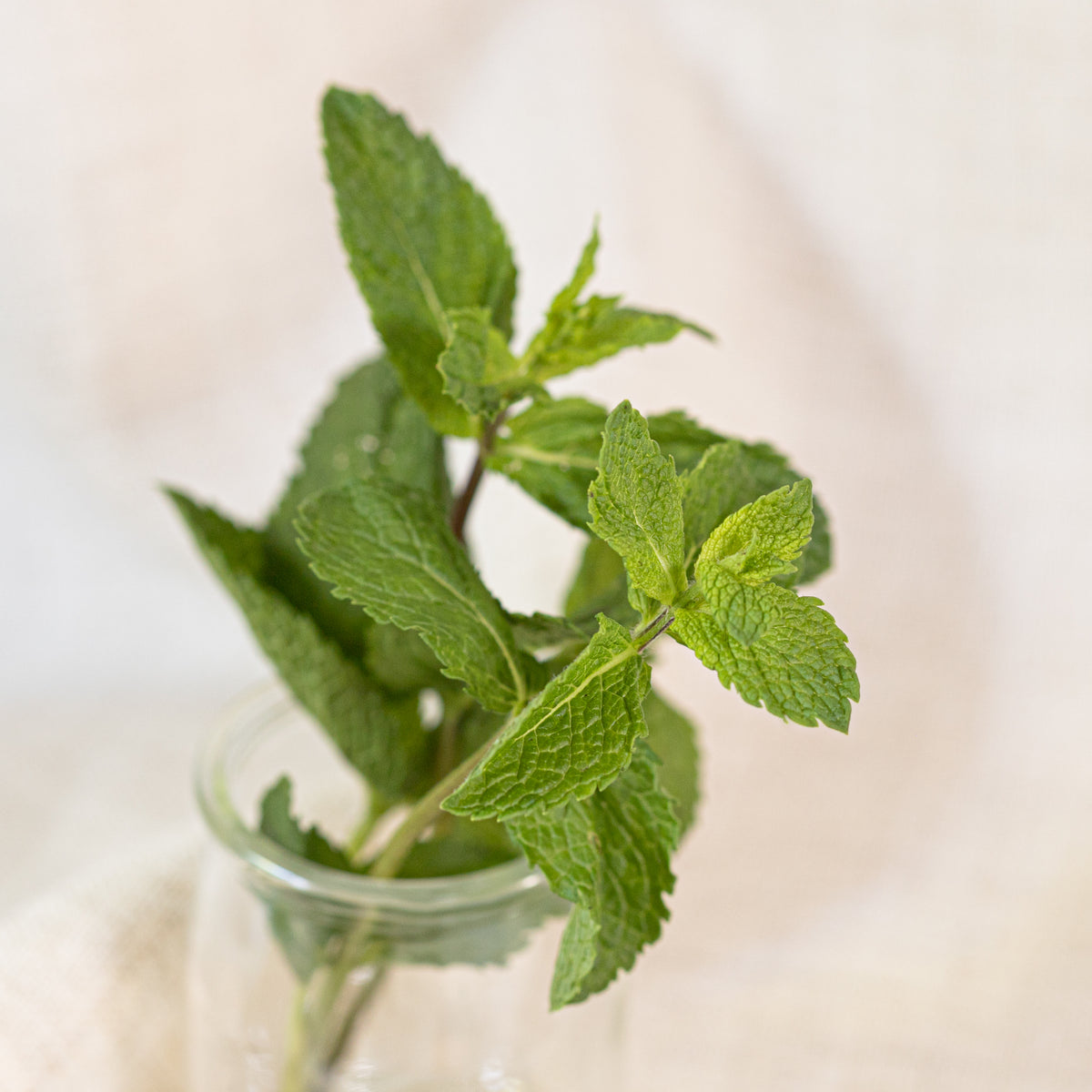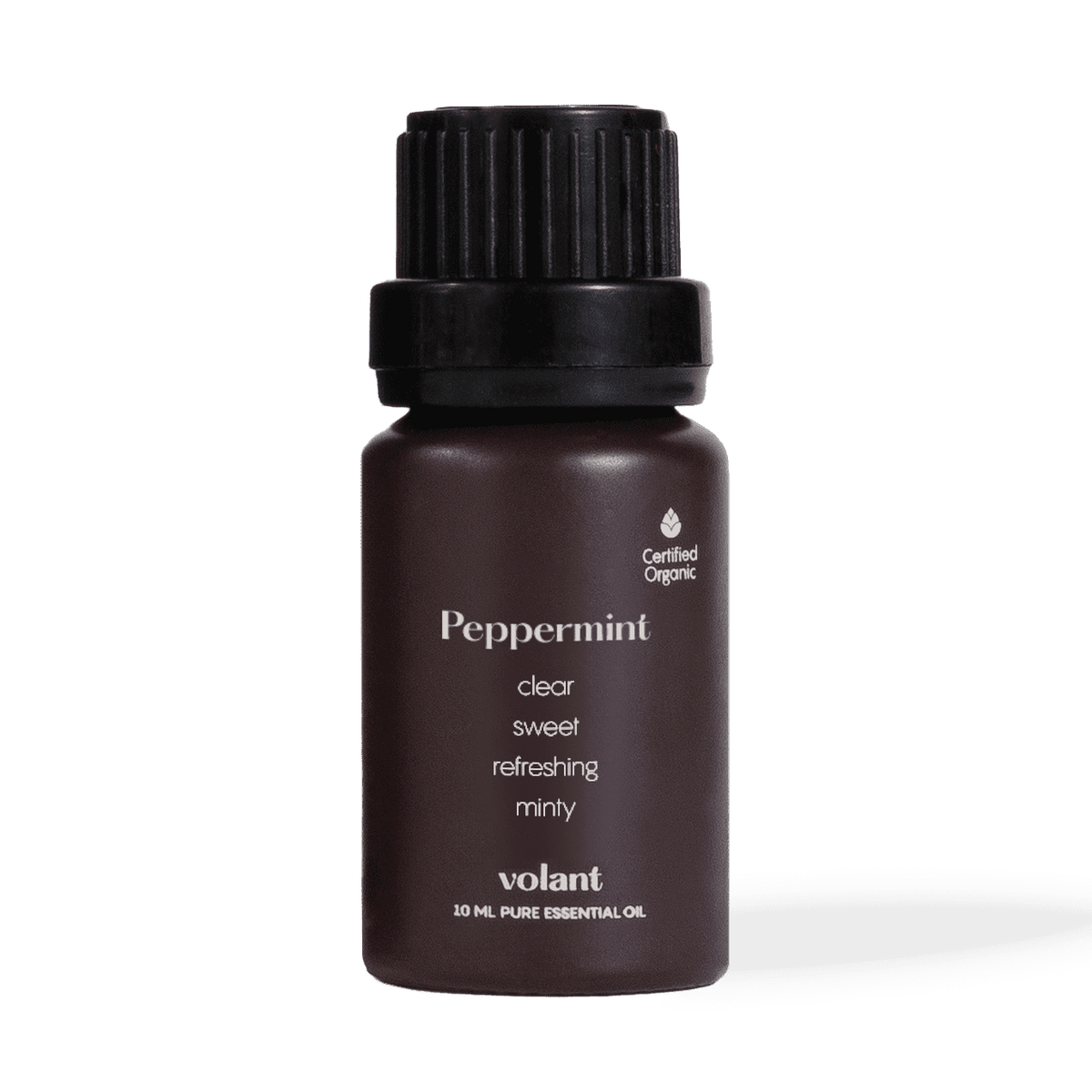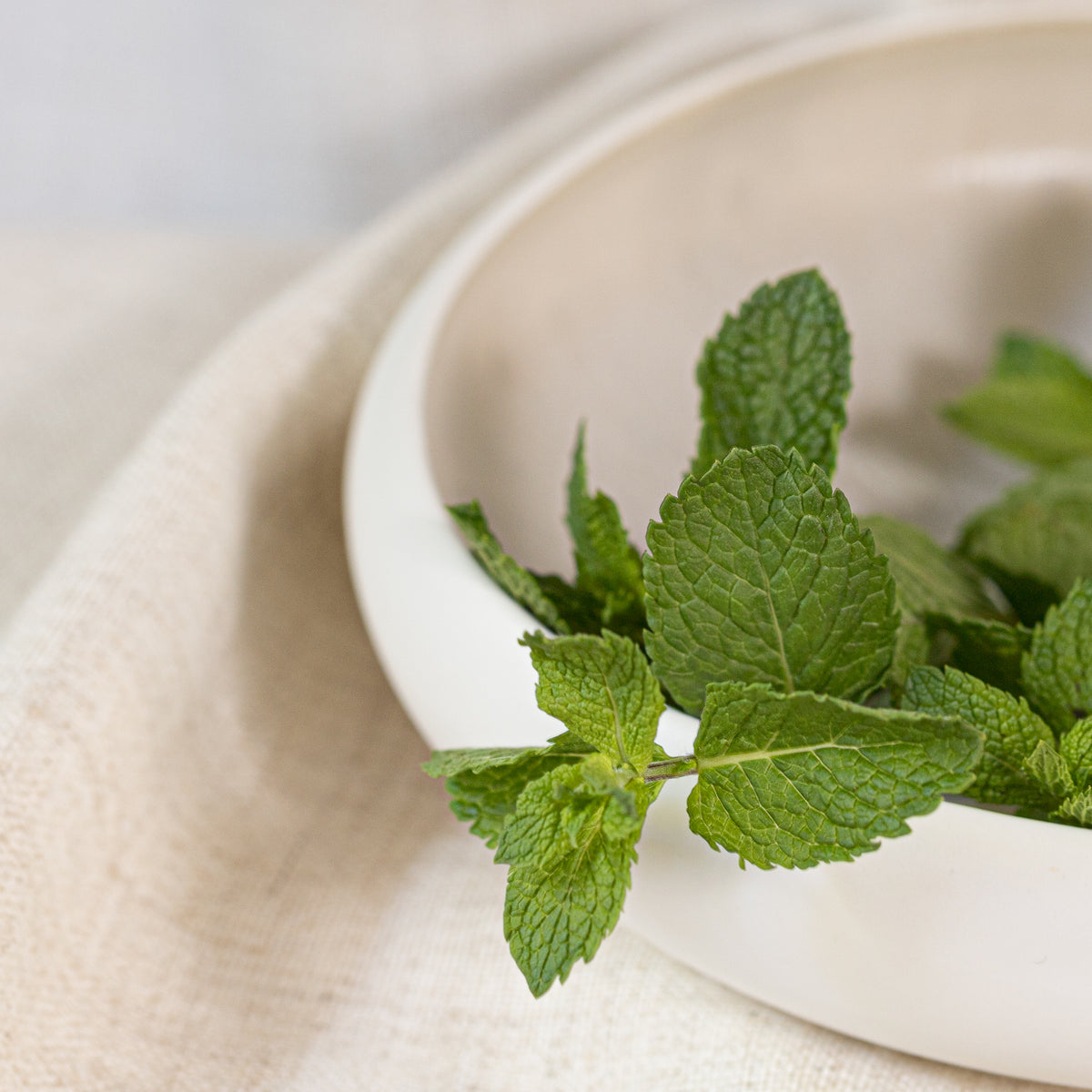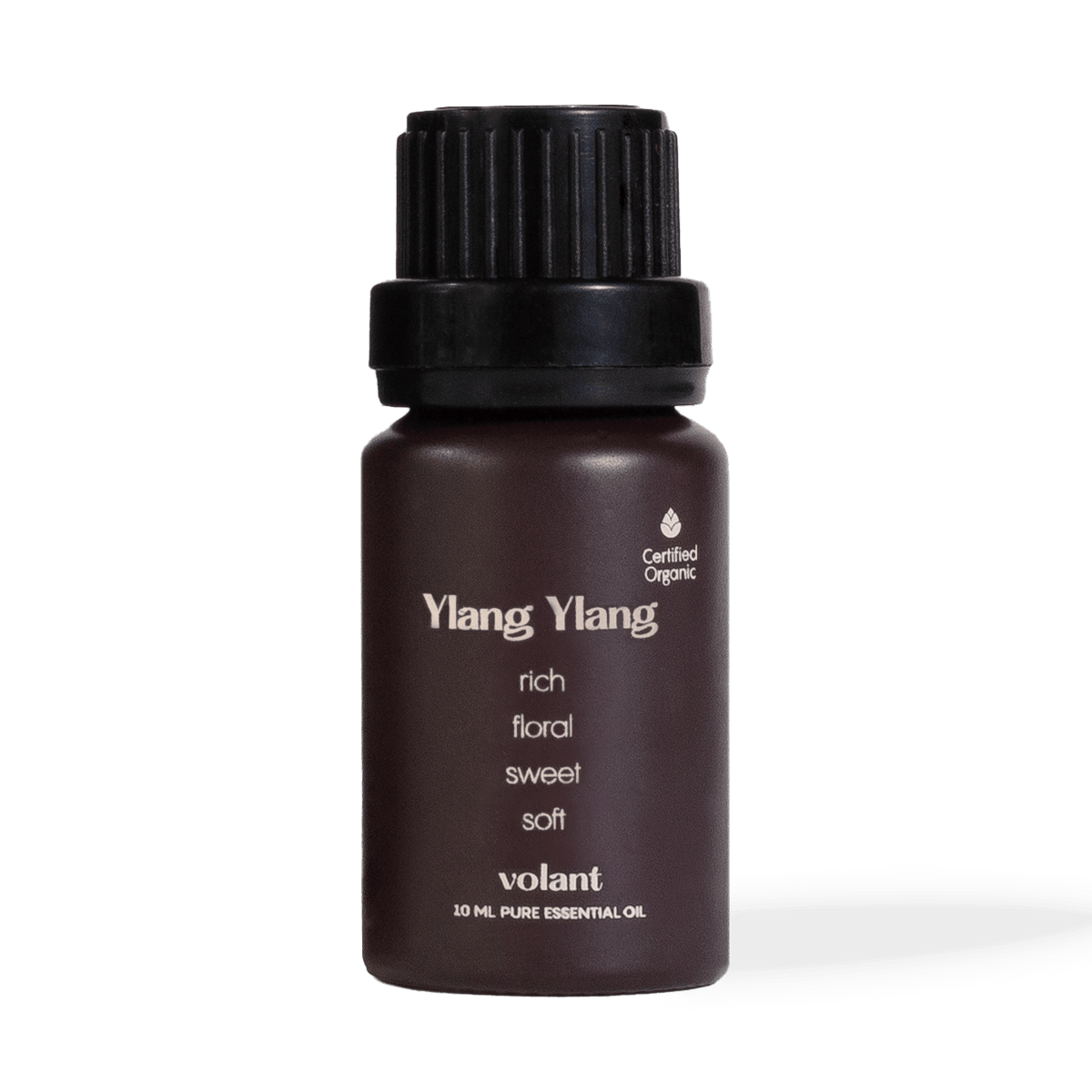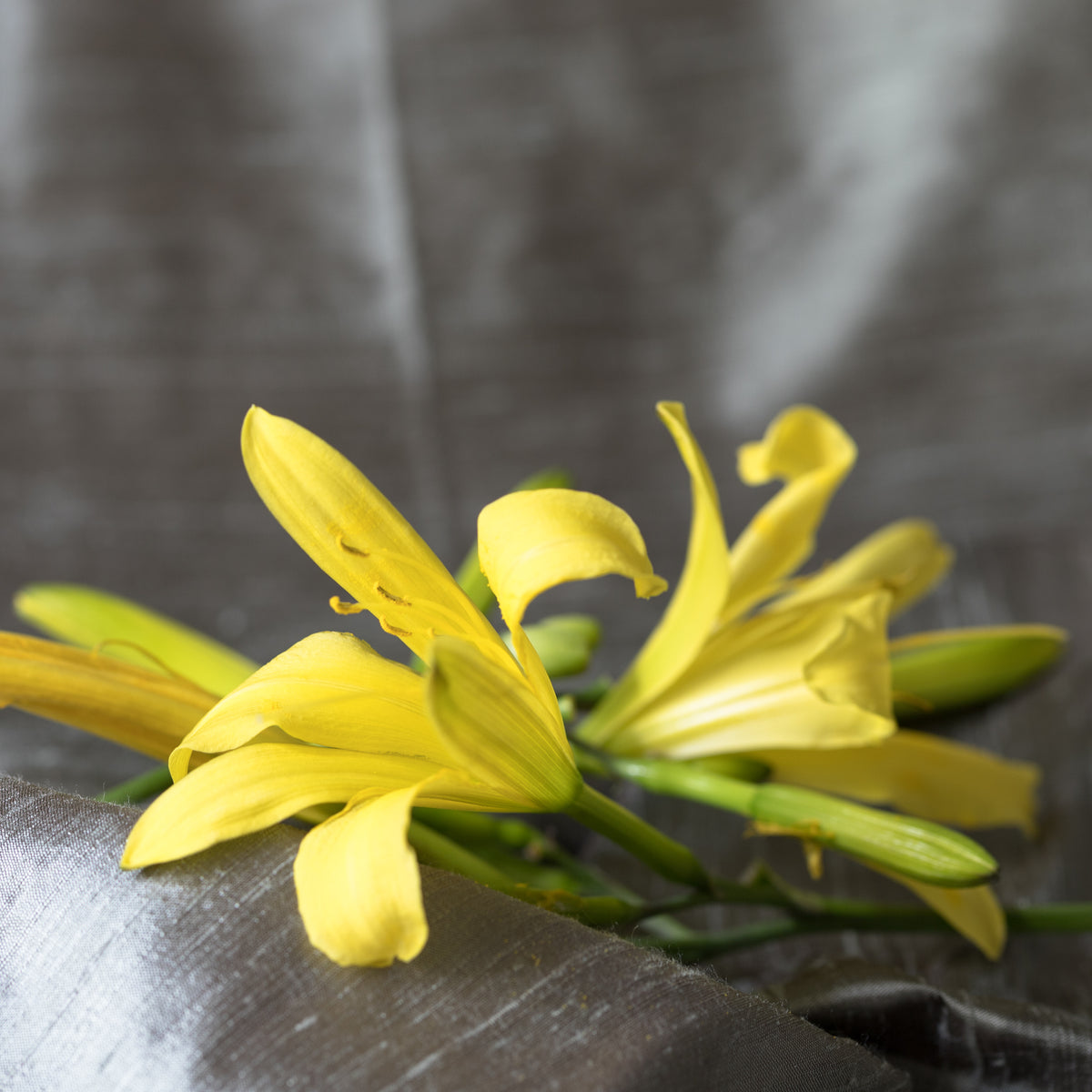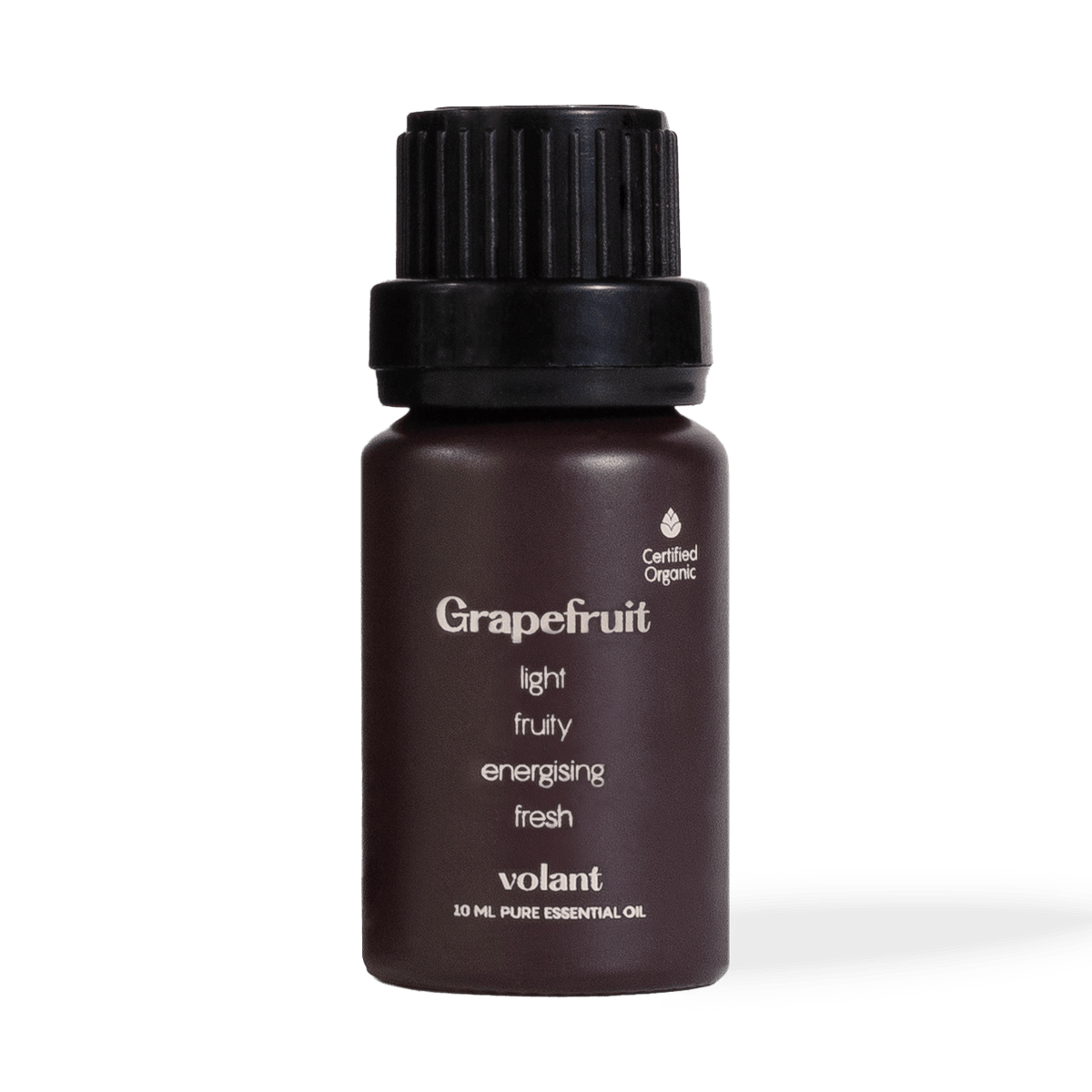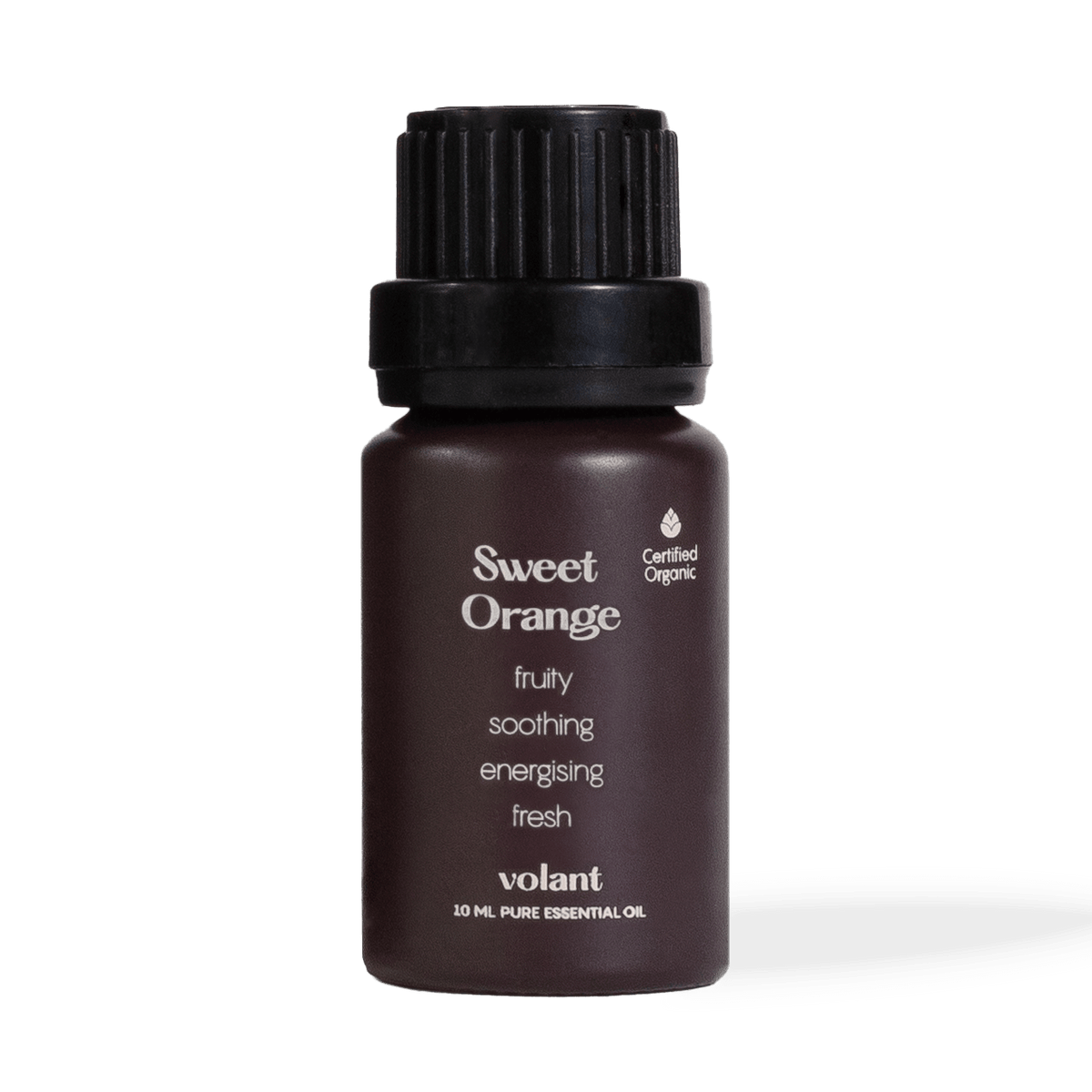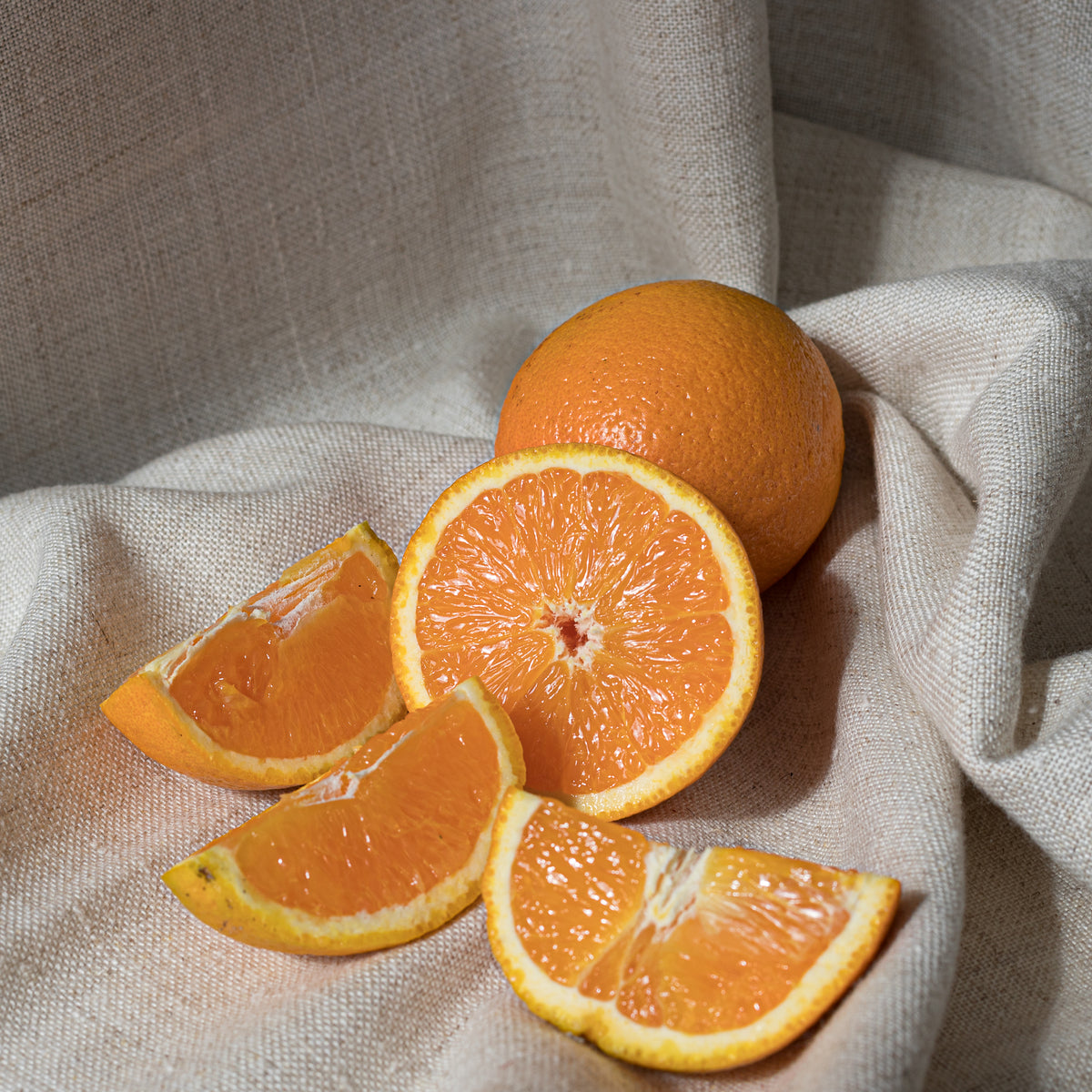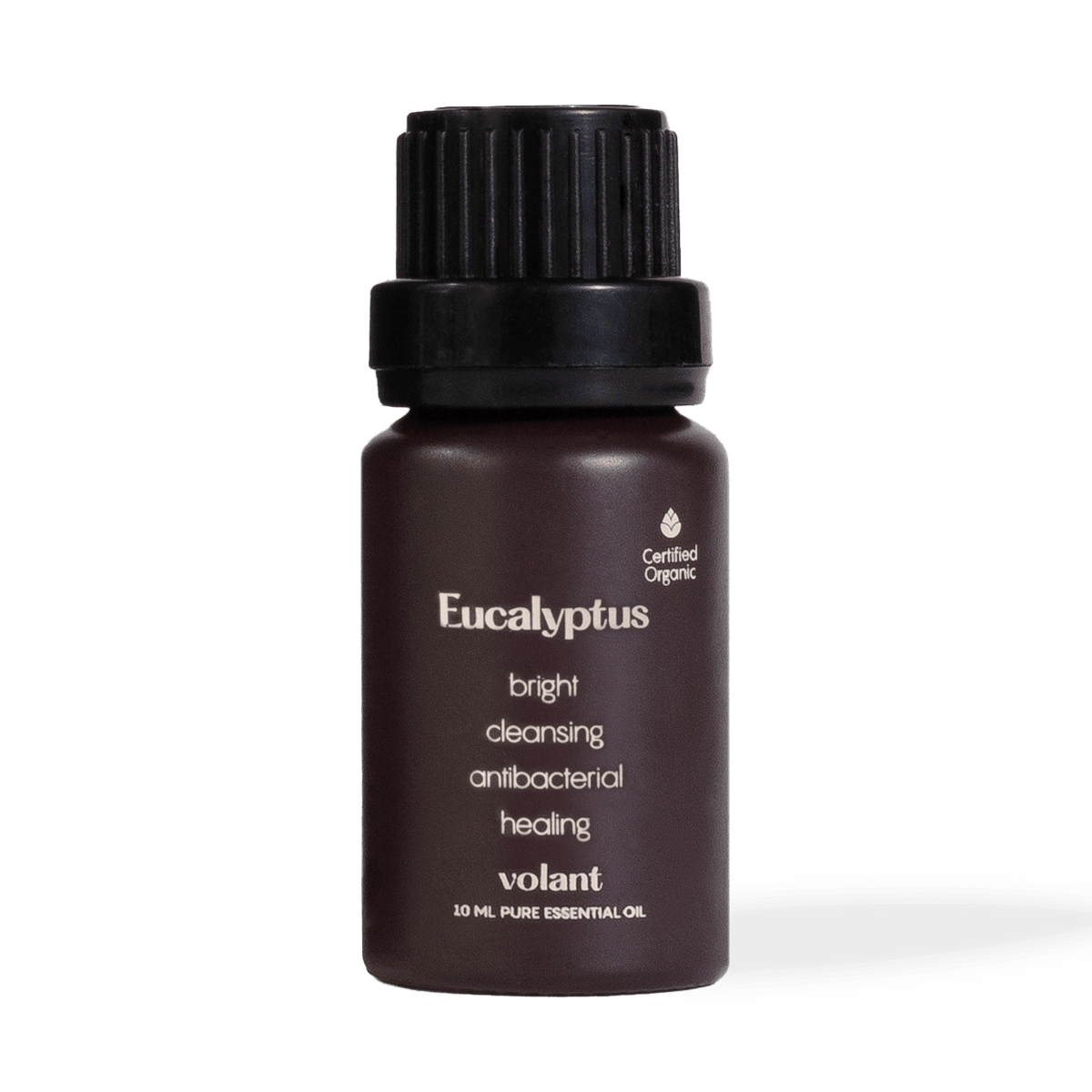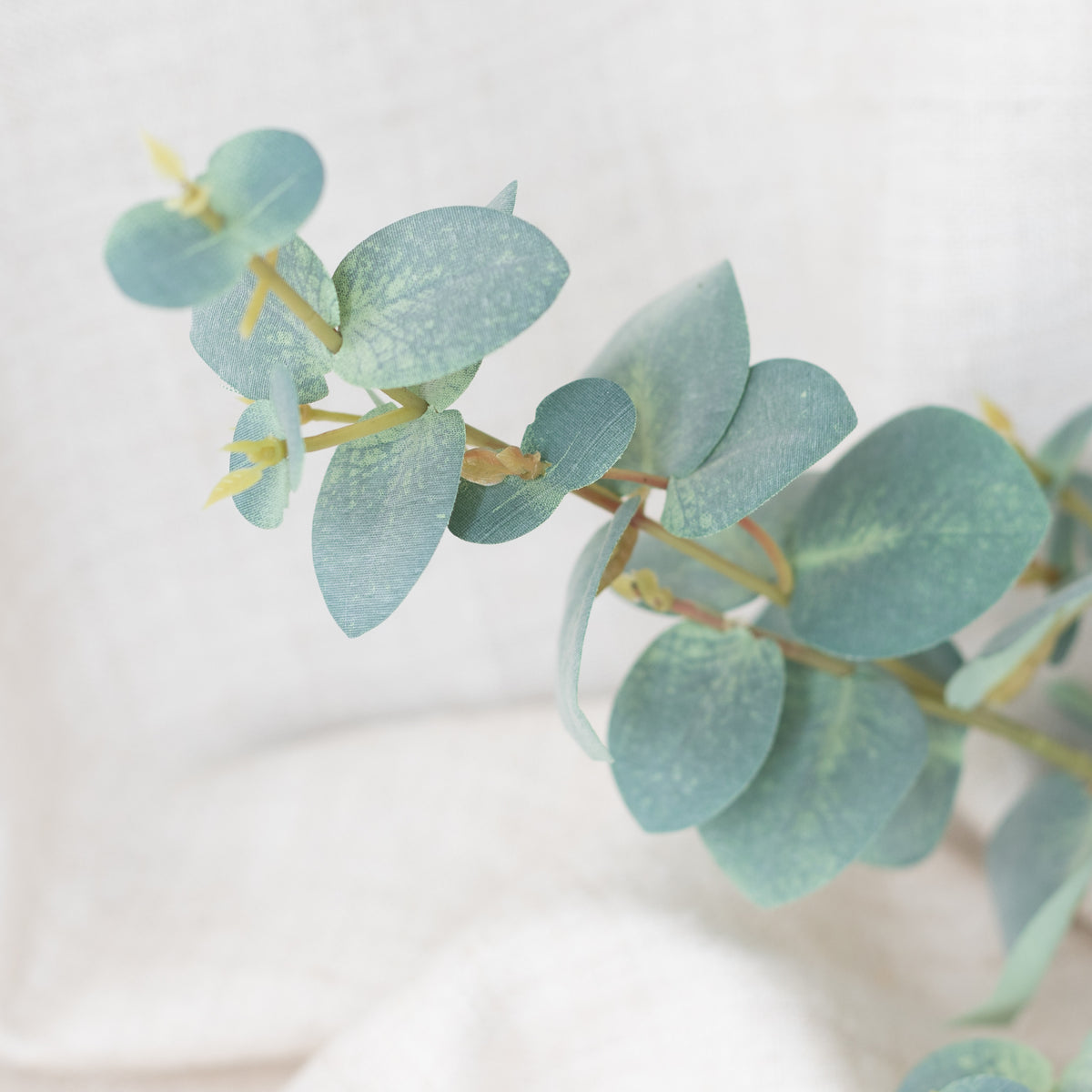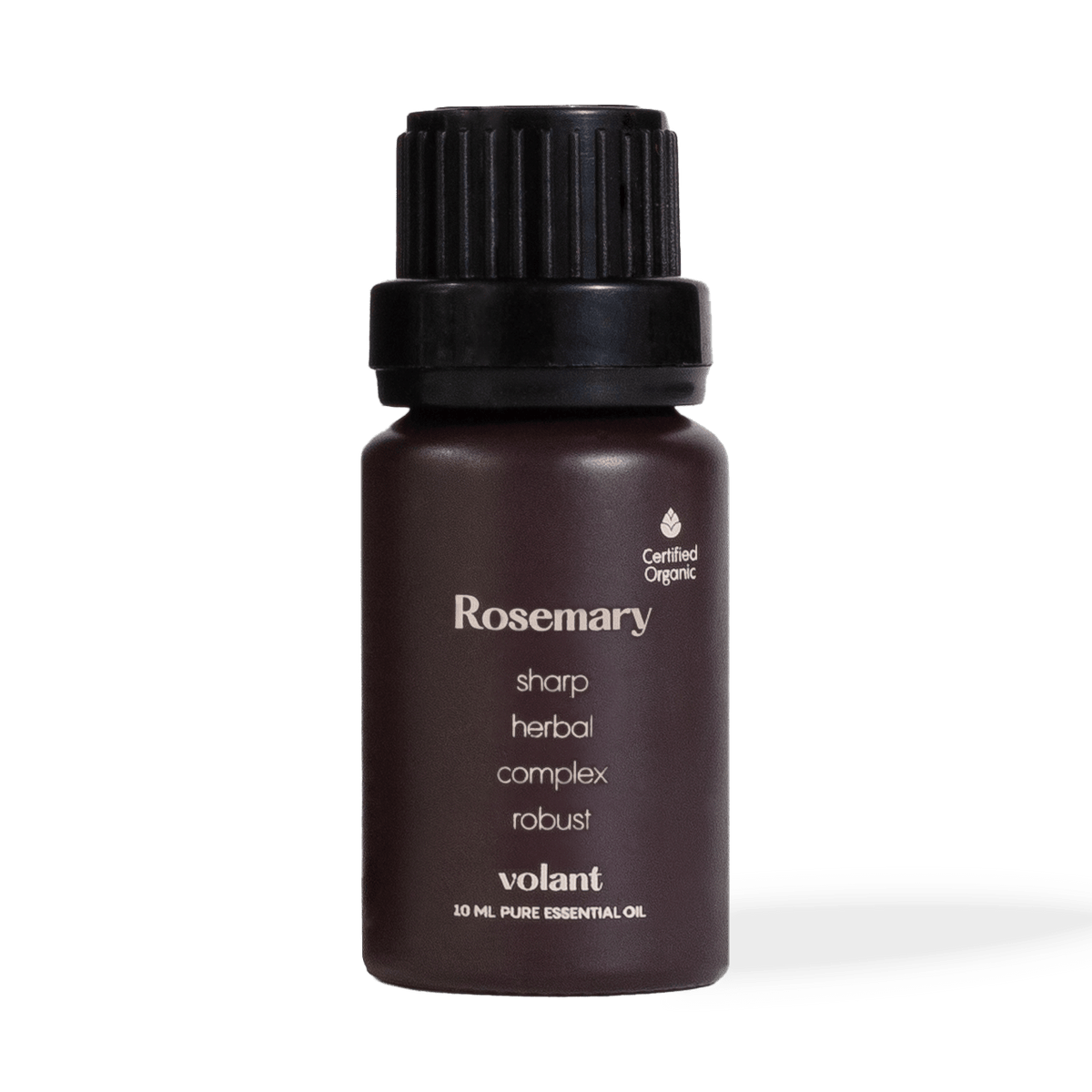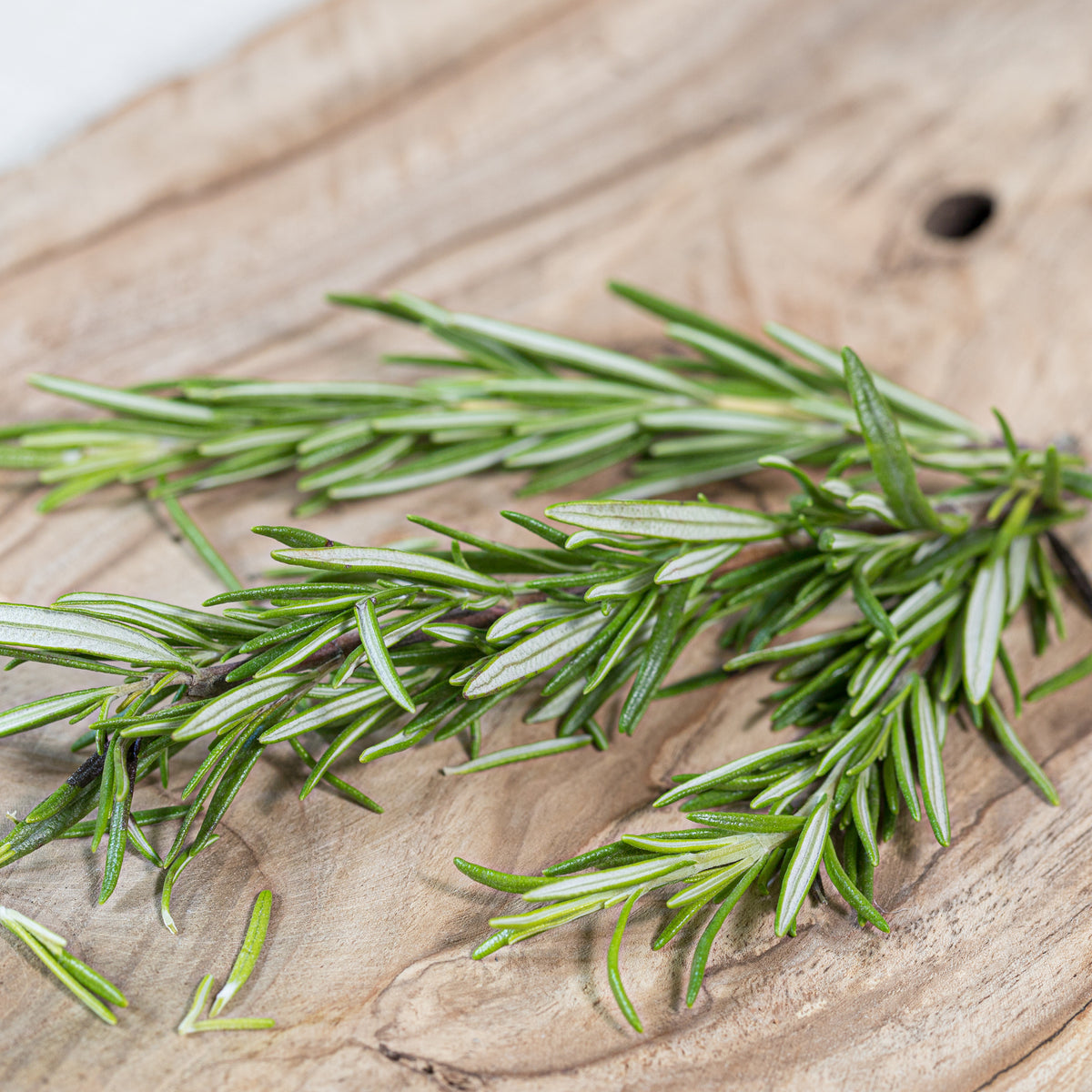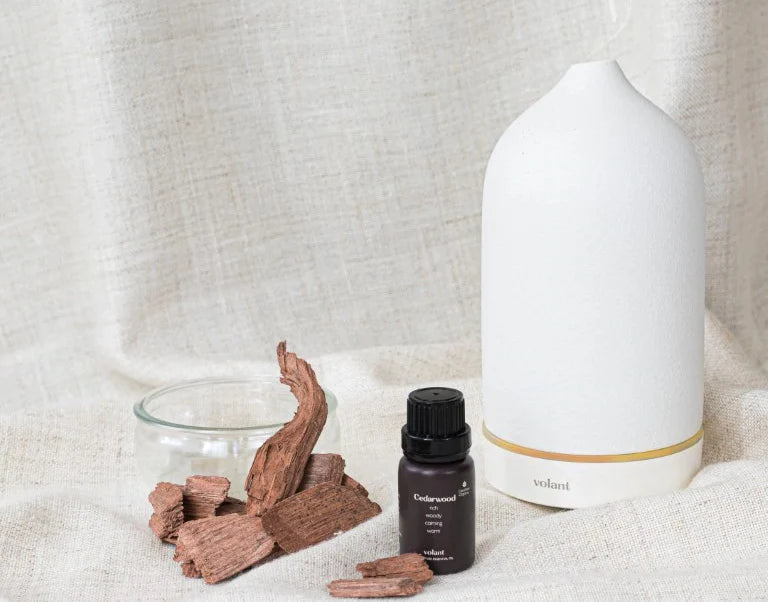There are many essential oil substitution charts available online that you can refer to. However, it’s recommended that you make your own notes and adjustments as you go through them. In doing so, you’ll ensure that your chart eventually reflects your personal preferences and needs.
One of the many wonderful aspects of essential oils is that there are always a few different options that you can use for whatever emotional, mental, physical or spiritual issue you want to address. Essential oils can be categorized according to their aroma. Although you’ll find some variation online, the scent categories generally include the following: Camphoraceous, Minty, Herbaceous, Citrus, Sweet, Floral, Earthy, Resinous, Spicy and Woody.
Sometimes, these scent families overlap or are combined, and the oils can fall into several of the categories. However, this makes finding substitutes easy and fun.
If you’re curious about finding out more about essential oil substitutions, this guide tells you everything you need to know.
Factors to consider when substituting essential oils

The most important aspect to think about before you start using an essential oil substitution chart is what your purpose for using the oils is. Are you blending to create a specific aroma or scent for your diffuser? Or are you looking to combine oils for a particular therapeutic outcome?
If you’re making a scent blend so that your environment smells a certain way, you’ll need to stick to oils that have a similar aroma. If you want to treat a particular ailment, you will need to choose oils that offer the same types of benefits.
It may make sense for you to create two essential oil substitution charts, one that’s aroma based and one that is therapy based. This way, you can always refer to the chart that suits your purpose and can make substitutions that suit your scent preferences or therapeutic needs.
Aromatic substitutes
When you’re substituting oils for an aromatic blend, you need to focus on the oils’ scents. This is the essential oil substitution chart you’ll use when you’re making body sprays, lotions, natural perfumes or roll-ons, where the fragrance is key. In this case, you’ll need to stick to oils in the same scent family.
The following make great substitutions:
Helichrysum

This spicy essential oil is an excellent choice when you want to set a warm, comfortable tone for a room. Frankincense essential oil is from the same aroma family, and its warm and spicy scent makes it a good substitute for helichrysum.
Sandalwood

Sandalwood is categorized as woody and can be substituted with cedarwood essential oil or frankincense to get that grounding, musky scent or with cypress, spruce or fir to get a more forest-like scent.
Spearmint

A member of the Mint family, spearmint is strongly aromatic and is often used to create air fresheners. Spearmint is an invigorating and uplifting scent and a great option for your diffuser if you need energy. Substitutions with a similar perk-me-up scent include pennyroyal, peppermint essential oil and wintergreen.
Therapeutic substitutes
While creating a pleasant-smelling blend is still important, this essential oil substitution chart will be more based on the therapeutic properties of the oils you’re using.
Proper substituting in this category can help you to customize a blend that’s suited directly to your needs. It’s important to remember that people have different responses to various oils, so experimentation is key, and trusting your nose is vital.
Healthier hair and skin

There are many recipes detailing the most valuable essential oils to add to your hair and skin routines, but tea tree oil is probably the best known. Other oils to consider in this category include cedarwood, lavender essential oil, lemongrass, rosemary and thyme.
You can add these essential oils to your shampoos, conditioners, body lotions, face creams and massage oils to reap their benefits.
Calm and sleep

Although lavender oil is the go-to for getting the rest and relaxation you need, there are actually several other essential oils that offer relaxing and restorative benefits, and that promote a good night’s sleep. Bergamot, Roman chamomile, sandalwood and ylang ylang essential oil are all good substitutes for lavender.
Emotional support

Steady your emotions using essential oils and gain a sense of peace and calm when you need it most. The best options in this category include lemon essential oil, peppermint, rose geranium, sweet basil and ylang ylang.
Energy and exercise

When you’re running low on energy and can’t bring yourself to exercise, there are a few interchangeable essential oils that can help motivate you to get moving. Lemon, grapefruit essential oil, peppermint, rosemary, spearmint and sweet orange essential oil may be just what you need to give you a bit of a boost.
Breathe easier

For respiratory benefits, the best options are anise, eucalyptus essential oil, peppermint, tea tree and thyme, according to scientific studies. These oils help to clear your nasal passages and make breathing easier.
Wellness and comfort
It’s well known that essential oils are a wonderful complementary therapy that promotes wellness and comfort. Eucalyptus, lemon, lavender, oregano, peppermint, rosemary essential oil, ginger, sweet marjoram and tea tree are all brilliant options in this category. If you’re without one of these oils, you can readily swap them for any of these substitutions.
Antimicrobial

If you use certain oils for cleaning, you’ll be glad to know that most essential oils are antimicrobial to some degree. However, the most potent ones include tea tree oil, oregano, thyme, eucalyptus, lemongrass essential oil, lemon, sweet orange, cinnamon, clove and lavender.
Essential oil substitution FAQs
Is it safe to substitute essential oils?
Yes, provided you follow the usual guidelines and dilute them before using them topically.
Do I need to dilute essential oils when using them topically? If so, why?
Yes. Essential oils are potent natural products that can cause adverse reactions if they come into contact with your skin in their pure, concentrated form.
How do I find out about essential oil substitutions?
There is an abundance of free information available online that will give you the help you need to start creating your own essential oil substitution chart.
Use essential oil substitutions for the results you want

Creating an essential oil substitution chart is easier than you may think and it can even remain a work in progress for the rest of your life. It’s a fascinating skill to learn, and you may find your preferences changing as you experiment with different fragrances and combinations.
Giving yourself permission to explore the different fragrances is the best way to start. Use the guidelines you find in books and online as guidelines only, and follow wherever your nose leads!
You will find that you’re drawn more to certain aromas and blends than you are to others, and there’s no right or wrong answer here. Just be sure to heed all the directions for use when it comes to your essential oil library, and keep notes about each new finding that you make.
Last but not least, always ensure that the oils you use are 100% natural and organic. Volant has a superb range that you can use for everything from healing to cleaning. And if you need to substitute any of the oils, you can rest assured that you’re doing so with those that are high quality. Remember; substituting shouldn't mean swapping out for sub-par quality!




